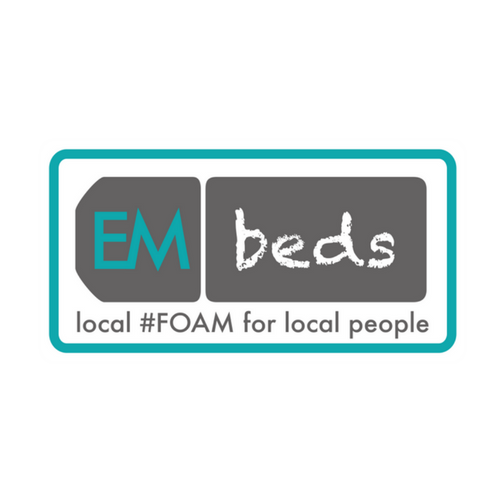
The population is ageing and thus our ‘typical’ trauma patient is also changing. In 2017 the TARN report “Major injury in older people” highlighted the following issues:
- The typical major trauma patient: has changed from a young and male to being an older patient.
- Older Major Trauma Patients (ISS>15): A fall of <2m is the commonest mechanism of injury
- Triage/Recognition of ‘Silver Trauma’ is POOR
- Pre-hospital: Not identified hence taken to TU’s (Here) not MTC’s (Leeds).
- The ED: Often seen by Junior Staff and endure significant treatment delays.
- Hospital: Much less likely to be transferred to specialist care.
- Outcomes: More likely to die, but those who survive have similar levels of disability to younger people.
So what can we do?
There’s nothing new or exciting, it’s recognising that we need a lower threshold for action in ‘Silver Trauma’. Then doing what we do for our ‘Major Trauma’ patient, with a higher level of suspicion, and thinking about the differences found in elderly care.
Some of these patients will require the ‘Full Trauma Team’, and if you feel it’s needed that is absolutely appropriate. However, if it is felt that the ‘Full Trauma Team’ is NOT required, then a senior clinician should assess the patient.
Primary Survey
Airway
- Obstruction – false teeth and friable tissue
- Neck – Beware flexion deformities
Breathing
- Respiratory rate – >20bpm indicates the patient is struggling and <12 may indicate fatigue
- Co-Morbidities – Older patients are more likely to have pre-existing lung pathology
- Rib Fractures – As we age our physiological reserve decreases and a simple rib # that wouldn’t bother a younger patient may well kill (but it will do this slowly)
Circulation
- Hidden Shock- Are they on β-blockers and can’t mount a tachycardia? or Are they hypertensive normally and 120/80 is shocked?
- Anticoagulants -consider reversal early Dabigatran, Warfarin, any others discuss with haematology
- ECG – Did they fall or collapse?
Disability
- C-Spine – Remember Canadian C-spine rules don’t apply, and the imaging modality of choice is CT (see C-spine injury)
- Agitation/Low GCS – is this normal for them? it may be dementia or alcohol but don’t blame it on their age presume injury.
Exposure
- Hypothermia is common – Remember apart from the cardiovascular and neurological issues it also affects clotting [Treat it early]
Imaging – To CT or not to CT?
The concerns over radiation are lesser in ‘Sliver Trauma’. However, we still need to consider the effect of contrast [if needed 2 recent metanalyses have cast doubt on contrast mediated nephropathy]
- Head injury – follow NICE
- Spinal – NICE recommend CT if imaging is required in >65years old
- REMEMBER: if you find a # look for MORE (10% will have another)
- Whole body CT – HECTOR recommend following
- Obvious severe injury
- Haemodynamic instability or the presence of occult hypoperfusion with high mechanism of injury
- Suspicion of severe injury to more than one body region
- Significant mechanism of injury:
- Vehicular collision: Ejection from vehicle, Entrapment in vehicle > 30 mins , Fatality at scene of vehicular collision, High speed rollover
- Fall from >3M (10 foot)
- Pedestrian hit by car
- Fall downstairs
Secondary Survey
The secondary survey is performed as usual. However, think about the following
- Facial Injury – Is there a C-Spine injury we have missed?
- Tooth loss – Old or New?
- Hips/Pelvis – always check for #NoF
- Pre-Existing & Medical issues – What’s old and what is new? Was it a fall or a collapse?
Remember:make sure you’re thorough injuries are easy to miss and if they go to medicine they have no training with injuries and will probably keep missing it.
PINCHME

Delirium is common esp. after injury and there are some simple things we can do to prevent it. Remember to PINCHME, and treat/manage any of the issues we find.
- Pain – Ensure adequate pain relief (think of blocks)
- Infection – Infections often lead to trauma
- Nutrition – It might not start in the ED but provide food and fluids ASAP if serious injury has been excluded
- Constipation – Again to think about on the ward but also consider laxatives if prescribing Opiates
- Hydration – If they can’t drink provide IVI, but otherwise encourage the patient to drink
- Medication – polypharmacy can be dealt with on the ward, but remember: ensure Parkinson’s Meds are prescribed and given on time
- Environment – Try to involve, family, make sure they are comfortable and understand what’s happening. Are their hearing aids and glasses available?

